Volatile Markets Made Easy: Trading Stocks and Options for Increased Profits
$13.75
| Author(s) | |
|---|---|
| Pages |
350 |
| Format |
|
| Publication Year |
2009 |
In Volatile Markets Made Easy: Trading Stocks and Options for Increased Profits, investing expert Guy Cohen teaches you how to earn big returns by systematically cherry picking the best trades while minimizing risk, and execute a simple trading plan that leverages your profits in volatile markets.
Introduction:
This book is about making money. This is a down-to-earth book aimed at helping anyone who doesn’t have the advantage of trading within the bid-ask spread, who typically places trades via an online or full-service broker or in some countries via a spread betting firm. This book is for all private investors. There are wonderful texts for mathematicians but this book does not aspire to be one of them. For now, here’s a summary of what you’re about to learn in this book.
Chapter 1 is an introduction to options. If you’re already familiar with this topic, you should still go through it as a review before reading the other options chapters in the book. In Chapter 2 Guy Cohen explains his preferred technical chart patterns and why he likes to trade them from a practical viewpoint. This chapter is focused on her favorite patterns and is not intended to be an almanac on all the chart patterns known to man. We return back to options in Chapter 3 where he summarize the Greeks. The Greeks are sensitivities to various factors affecting the pricing of options. These sensitivities have a direct effect on your trading.
Chapters 4 through 6 take you through my six favored options strategies. The aim is to trade safely, profitably, and with manageable risk at all times. In Chapter 6 Guy Cohen explains how to maximize your income return by trading options—without having to risk too much. The only way to demonstrate this properly is to show you how some traders get it wrong by exposing themselves to inordinate amounts of risk, in many cases without even knowing they’re doing it.
In Chapter 7 we run through the steps of creating a trading plan. The steps are universal for all strategies. Chapter 8 is the most technically challenging part of the book in which Guy Cohen goes through some of the mathematical algorithms that define the whole subject of options trading. This chapter is mathematical in nature but has a practical element to it. Finally, in Chapter 9 he shows you how to implement a trading plan for each of the six favored strategies so you can see how the processes work in practice and what you’ll need to do as you start to implement your new trading program.
Contents:
- Trends and Flags
- Options and the Greeks
- Straddles and Strangles
- Ratio Backspreads
- Diagonal Spreads
- The Practical Way to Trade Volatility
- The Science of Volatility
- Trading Plans and Putting It All Together
Volatile Markets Made Easy: Trading Stocks and Options for Increased Profits By Guy Cohen pdf
13 reviews for Volatile Markets Made Easy: Trading Stocks and Options for Increased Profits
Clear filtersOnly logged in customers who have purchased this product may leave a review.

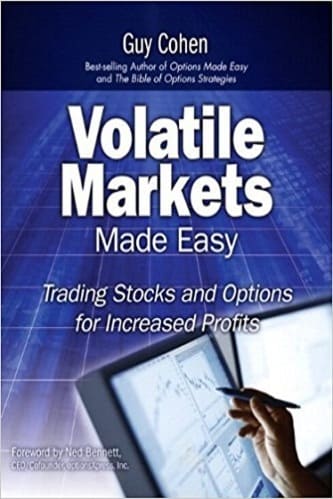
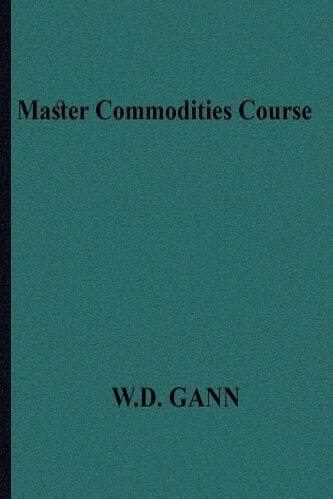
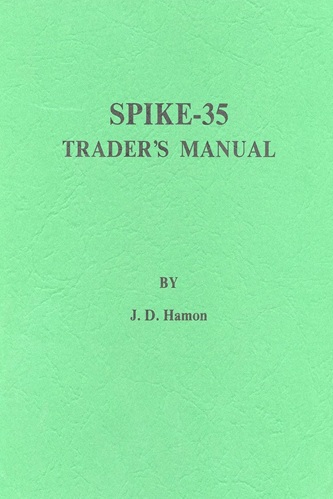
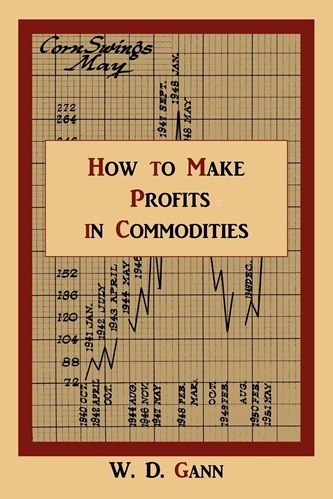
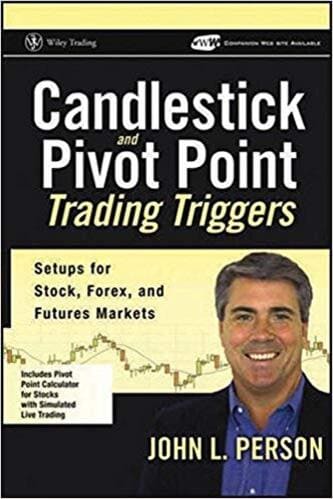

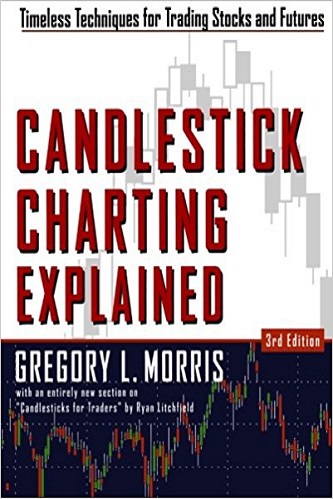
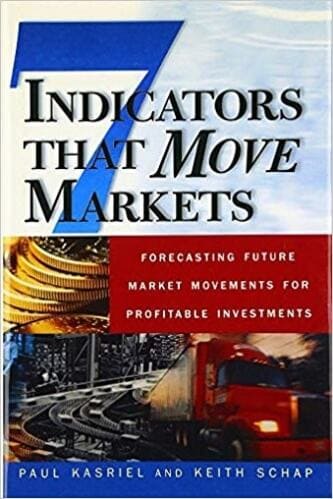
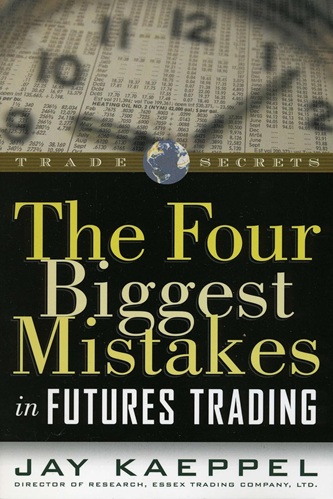
Conrad Cantu (verified owner) –
Excellent book on options, well written and well explained.
Carolina Roberson (verified owner) –
Back in the 1980s a move in the Dow Jones of 50 points was considered big. Since the collapse in 2008 and rebound in March 2009, volatility has been constant in the marketplace and Guy Cohen’s book leads the way in demonstrating how to take advantage of the wild swings in the market.
If you don’t know how to profit from explosive movements up or down or have a history in mutual funds or buying stock alone then this is a must-read book for you. With an established track record in making options easy and accessible to the retail trader, Guy Cohen builds on earlier work to provide key insights that every trader and investor should know. A must read for all who are seeking better control of their own financial futures.
Bentlee Stafford (verified owner) –
I can honestly say that I was suprised how much I did not know about trading the stock market when I started reading Guy Cohen’s book.
I have been trading the markets for some years and have been generating quite a decent income from it just by applying a couple of very simple strategies. However, like most traders, my trading has always been plagued with some common problems: being stopped-out too early and too often, my entry order being triggered prematurely and then the market turning against me, not knowing when to take a profit and then finding myself leaving money on the table.
I have to say that had I read this book ten years ago, I would not have made so many mistakes in my trading. Guy Cohen explains that there is actually indeed a solution to the problems mentioned above. For example, he explains how by trading flag patterns (in the style that he trades them) we can avoid prematurely entering a position, whether long or short. Furthermore, I am convinced that following his strategy, there is indeed a way we can significantly reduce the rate at which we are stopped-out of a trade. For example, he explains very clearly there is a science to placing your stop-loss depending on what you see on the chart. Plus I now have a clear plan as to when to take profits.
Rohan Acevedo (verified owner) –
This is my third book from this author and I can say it’s definitely his best so far. That might be because it’s a natural follow-on from Options Made Easy, but this one is better, especially if you’ve already got the first. The reason is because it’s focused on specific strategies that the author uses in conjunction with specific chart patterns. In summary it’s a book of trading plans that work fantastically well.
The highlights include detailed examination of consolidation patterns (the author is well known for focusing on these) together with the following ways of trading them:
Long/short stocks
Straddles and strangles
Diagonal calls and puts
Call and put ratio backspreads.
Plenty of illustrations as per usual with this author, which really helps. Another thing I really liked was how he compares one trade with another by just tweaking a strike price or expiration so you can see the impact on the trade. Aside from being technically very sound, from a practical perspective this book is already proving its worth to me in a real sense. One of the teachings is about how to take profits and not allowing winners to turn into losers. This has already been invaluable and contributed to several nice trades where I took my first profit earlier than I would normally do so. As a result when the stocks turned around I’d already been able to protect my initial profit – very nice.
An easy 5-stars, and a book that’s already a dog-eared keeper on my desk!
Bridget McClain (verified owner) –
Guy Cohen has written an incredibly good book concerning today’s volatile markets. Throughout the book he gives exact examples of what option strategy to use to maximize your profit and minimize your risk. He gives real insight into the psychology of the markets and how that interplays your timing of your entry and exit of a trade.
The book not only explains exactly how to use well-known volatility strategies like straddles and strangles, but also compares them in detail to ratio-backspreads where he shows how risk can be even better mitigated. That is one of the unique areas of this book and one of the most valuable.
Another thing I liked is the author’s intimate understanding of your emotions when a trade is on, and how to manage your trade practically so you retain your sanity. He explains that the biggest losses tend to come where a trader doesn’t grab the opportunity to take a profit when it presents itself. How true that is! This forms the essence of Cohen’s trading plan to take some profits off at a conservative initial profit target, but allow the remainder to trail any remaining profitable movement for a potential “windfall” gain. In trending markets this trading plan is golden. In rangebound markets the trading plan will keep you out of too much trouble.
I recommend this book for the beginners as well as the seasoned traders. Volatile Markets Made Easy will certainly help you make money and is a must read book for these volatile crazy markets.
Sunny Browning (verified owner) –
Very good tips.
Shepherd Parks (verified owner) –
If I were to characterize Guy Cohen’s book ‘Volatile Markets Made Easy’ by a single word, it would be ‘Clarity’. Investors/traders who are relatively new to Options, would be well advised to read Guy Cohen’s earlier book ‘Options Made Easy’ (published in 2005) before reading ‘Volatile Markets’.
Trading is always profitable, if you get the direction right (usually Up for long Calls and Down for long Puts). When you get it right, have a plan for taking profits. For those times when you don’t get it right,
Guy has a good suggestion: Base your Stops on stock price and not on the option price.
The discussion on Greeks is excellent; the graphics (screen shots) would be easier on the reader’s eyes and brain if they were a bit clearer. Of course I am picky about clarity, because I am spoiled by the absolute clarity in Guy’s writing. For example, while discussing implied volatility Guy writes: “If volatility in the markets continues to rise, then buying these options will be rewarded by higher premiums, provided the implied volatility of the options follows suit.”
Although Guy seems to prefer simple line diagrams (example Figure 4.1 Straddle Components) I would recommend a forward reference to Figure 4.6, p111 which better illustrates the relative axes positions essential for the understanding of the Straddle risk profile. The same applies to Strangle (Figure 4.2 vs. Figure 4.19).
I am somewhat puzzled by the section `Adjusting Trades and Gamma Trading’ (p 129), which does not appear to meet the clarity standards I expect from Guy’s writing.
While most authors shun using mathematical equations, I appreciate Guy’s daring inclusion of Option Pricing Models (Black Scholes and the Binomial model). This will encourage at least some readers to be exposed to `what creatures these pricing models are’, in spite of lack of inclination to grasp the concept in detail.
Perhaps the best one learns by reading Guy’s books is his simple trading philosophy: “… by taking profits early, we remove stress from our trading even if it means we don’t make the maximum amount from each and every successful trade.” I couldn’t agree more since `no one goes broke taking profits’.
Ivory Case (verified owner) –
I read this book after his earlier book “Options Made Easy” ,which paved the way to get more out of this book. In adition to the well presented standard fare in options books, the author also addresses the psychological aspects which can be half the battle when trading. The examples presented were beneficial and,as a learner,the more the better. Again, a good read coupled with his earlier book.
Although it is not necessary for an option trader to understand the mathematics behind the option models used, the author does include equations which is quite helpful in my opinion. The reason for this is that any trading strategy is used more appropriately if the trader understands the math behind it.
I have had better profits selling options when volatility is high and moving lower and buying them when volatility is low and expected to go higher.
His statement “if volatility in the market continues to rise , then buying these options will be rewarded by higher premiums,provided the implied volatility of the options follows suit” seems to advocate buying options when volatility is high and expected to go higher. In my experience this is a dangerous strategy since if volatility collapses the option premiums will collapse with it and you are likely to face a loss quickly.This is especially true if you bought an option during a period of high volatility.
Also I wished the author mentioned the effect of lopsidedness in open interest between puts and calls on the likelihood of a specific option expiring worthless. I read this in another book and was amazed at the accuracy of this approach in predicting whether the puts or calls are more likely to expire worthless .
Even with the minor critical comments the book is still worth reading.
Conner Collier (verified owner) –
I have just read the book. While the Author comes accross to be likeable as projected by his writing style, as with his Bible of Options strategies, I got nothing out of the book at all. The opening caveat that – if there was only one take-away of value then the book was worth it, is such an irritating cliche. I am scratching my head as to what that one thing is.
I strongly suggest MacMillan – hard graft, but will provide you with infinitely better coverage and practical perspectives on Volatility trading. Apart from the flag patterns and cup and handle methods this author covers in this book (both really plain vanilla), there is insufficient cover of any of the other topics to be usable to a reader.
Trust me, this book will NOT make volatile markets easy to trade.
Mitchell Goodman (verified owner) –
Another good book by Guy Cohen
Ainsley Charles (verified owner) –
Guy explains complex derivative strategies in a simple way. I would start with his first book on options, ‘Options Trading Made Easy.’ This stuff is not simple and you will need a platform to practice on. I used Ameritrade’s Think or Swim and used a paper trading account. You absolutely must understand the legs of a trade and how to stay profitable. A working knowledge of the Greeks is essential. Then you need cash to cover your margin calls. Good luck.
Galilea Barnett (verified owner) –
A very good book. It is important to know you are walking into very technical waters when you read it, there is great information, if you take the time.
Stephen Rich (verified owner) –
I have several of Guy Cohen’s books and have found them each useful. His “Bible of Options Strategies” is a wonderful compendium of strategies but because of its theme, books such as this are helpful additions to someone who wants to learn more about options trading. Sometimes think that the most important thing for an option trader to understand is that being long a stock (that is, owning shares of stock) is equivalent to being long a call and short a put. Everyone tells you that it is dangerous to be short a put. Knowing that makes option trading a more inviting and useful way to limit risk yet be in a position to benefit from being “invested” in a company via options.